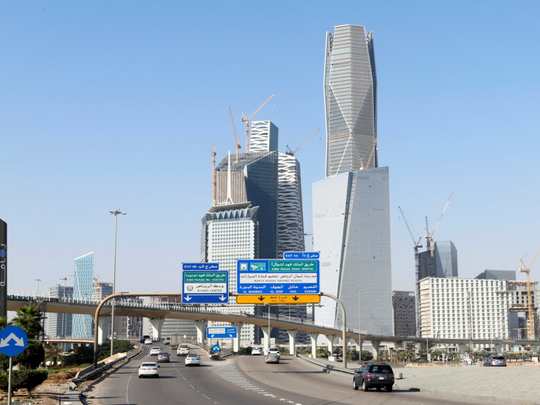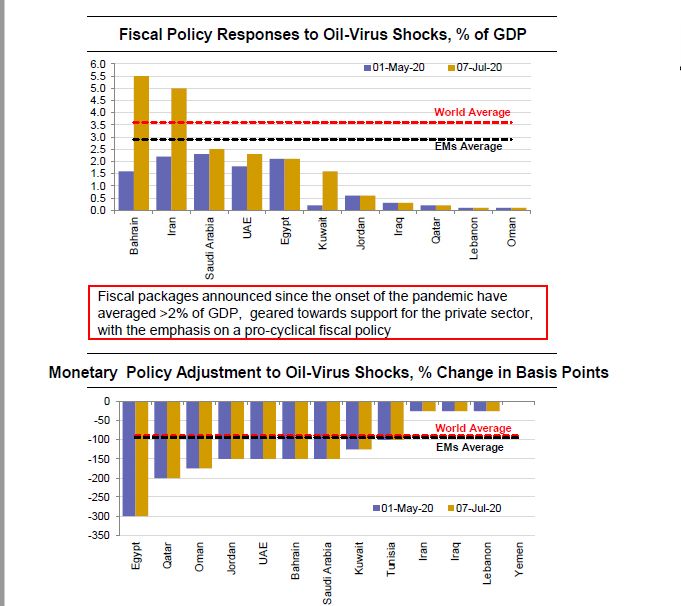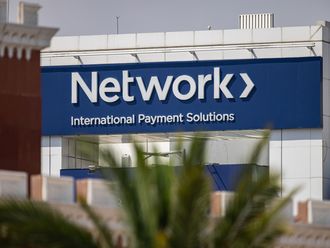
Dubai: Middle East economies, especially oil exporting GCC countries, are seeing early signs of recovey from the twin shocks of oil price drops and COVID-19 - but it will need fiscal support to sustain the recovery into 2021, according to to MUFG.
“Policymakers are well aware that they will have to do more and fiscal stimulus will keep playing a significant role in the recovery,” said Ehsan Khoman, Head of MENA Research and Strategy.
More stimulus
Policy response to the twin shocks has been a mix of fiscal stimulus and consolidation, with weightage more on spurring economic activity.
“In a region where unemployment and debt are expected to be materially higher over the next two years, fiscal policy for the labour market will need to become more flexible and targeted towards lower-income households which have borne the brunt of job losses” said Khoman.
While reskilling workers who will have to seek new jobs to replace jobs that will disappear will be a key element of the strateby, Khoman said “higher infrastructure spending will also likely form a major part of the fiscal support in the medium-term.”
Liquidity support
The initial policy response across the region was led by central banks, focusing on liquidity in the financial system alongside direct corporate support. To facilitate financing, the UAE launched a $70 billion Targeted Economic Support Scheme (TESS), which paired with the $26 billion stimulus provided by the Saudi Arabian Monetary Authority (SAMA).
These initiatives led to a rise in lending growth, suggesting that authorities’ efforts to offset the economic fallout of the virus shocks are bearing fruit.
Anaemic growth trajectory
MUFG does not expect to see a ‘V’ shaped recovery. By end 2021, Khoman expects the region will have a level of activity well below its pre-pandemic growth trajectory and, in many cases, record activity below its 2019 level. The overall real GDP growth in MENA is expected to contract in 2020 by 5.6 per cent from +0.2 per cent in 2019. In the GCC, real GDP growth is expected to fall by 3.9 per cent in 2020 from a growth of 0.6 per cent in 2019.

Growth in some of the sectors impacted by ockdowns and social distancing measures are likely to experience slower recovery. While regional governments are cautiously re-opening their economies, until the pandemic is contained globally, there are certain sectors that will be slow to recover, such as travel and tourism.
GCC to recover faster
MUFG expects as the domestic economies normalise, growth should gradually recover, bolstered by a pick-up in oil output as OPEC+ production restrictions ease.
“MENA oil exporters have proven effective in using their large accumulation of wealth in recent decades to offset the impact of lower oil receipts, drawing down savings, and leveraging their balance-sheet to retain access to international credit markets,” said Khoman.
A combination of liquidity easing and prudent use of accumulated surpluses have helped GCC countries to fund large budget shortfalls, without building pressures on their currencies or on local rates. “We expect this to continue, and see no meaningful threat to fiscal stability, or to the maintenance of the US dollar peg,” said Khoman.











